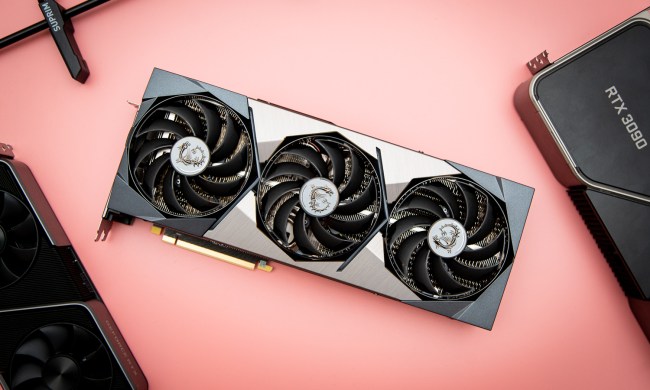DVI (Digital Visual Interface) ports aren’t nearly as common as they once were, but they can still be found on older displays, GPUs, and A/V equipment. If you have an older device that does have a DVI port, though, they’re still perfectly usable, as long as you have the necessary cables. If you’re working with a DVI connection, you need to make sure you have the right model for the job — especially if you need an adapter for a different port on the other end. Here are the best choices for a variety of DVI-related circumstances!
Note: There are a couple of different DVI port types, denoted by the number of pins in the connector, i.e. “24+1” and “24+5.” This shows both if the connection is dual-link or single link, and if the connection is DVI-A (analog with fewer pins), DVI-D (digital with more pins), or DVI-I (integrated, supporting both analog and digital with the most pins). Make sure you are getting the right type of cable for your connection, or a cable that supports both, before you buy!
Amazon Basics DVI to DVI

- Length: 3 to 15 feet
- Type: 24+1 DVI-D
This simple cable is your best option if you are working with a traditional 24+1 DVI-D to DVI-D connection. It’s durable, includes tarnish-free gold plating, and has ferrites to help cut down on distortion. The cable is available in any size from 3 feet to 15 feet, and there is an option to buy a 10-pack if you are getting supplies for an A/V team. If you don’t mind spending a little bit more, you can get a DVI-I (24+5) cable with similar capabilities that supports both analog and digital if that’s important for your setup.
BlueRigger HDMI to DVI (male to male)

- Length: 3 to 35 feet
- Type: 24+1 DVI-D
DVI plays particularly well with similar technologies like HDMI, so adapting a connection between the two of them is easy with the right cable. This BlueRigger 24+1 model is an excellent choice with its gold-plated connectors and shielded PVC layer to help make the cable as durable as possible while protecting against interference. Also note that the length options go all the way up to 35 feet — this model is an ideal choice for larger A/V equipment and venues that may still be using DVI connections. A lifetime warranty is included as well.
CableCreation HDMI to DVI (male to female)

- Length: 0.5 feet
- Type: 24+1 DVI-I
In certain cases, a male to female adapter cable may be more useful to overcome a setup challenge. This essentially turns an HDMI port into a DVI port, which is great for improving your system’s compatibility with older displays, or vice versa. The bidirectional cable is gold-plated and double-shielded with support for up to 1080p resolution, while being small enough to keep in a pocket or A/V supply bag.
Note: You can find this type of adapter for DVI-D as well, since HDMI uses a digital connection and DVI-D will work just as well. However, DVI-I female and DVI-D male connectors are not compatible, so it’s important to have some idea what you are working with, or to get both DVI-I and DVI-D versions so you’ll be ready for anything.
Benfei DisplayPort to DVI

- Length: 3 to 15 feet
- Type: 24+1 DVI-D
DisplayPort deserves some love, too, especially as some modern systems have many more DisplayPort cables ports than HDMI. In that case, this Benfei cable will see you through with its gold-plated connectors and sturdy latch design. Note that this cable is not bidirectional, so it can only transmit signals from DisplayPort to DVI, which is useful in cases where your display is DVI but your GPU or other device is DisplayPort.
Plugable USB-C to DVI (male to female)

- Length: 0.5 feet
- Type: 24+1 DVI-D
Certain computers, especially compact laptops, may have a limited number of ports so that you find the only spare port for a display connection is USB-C. This adapter offers the solution, converting a USB-C port to a female DVI-D port, with a durable design and two-year warranty. The USB port does need to support Alternate Mode video output functionality, but this shouldn’t be an issue unless your USB-C port is several years old, or you are using a mobile device like a smartphone (which tend to lack the capability).



